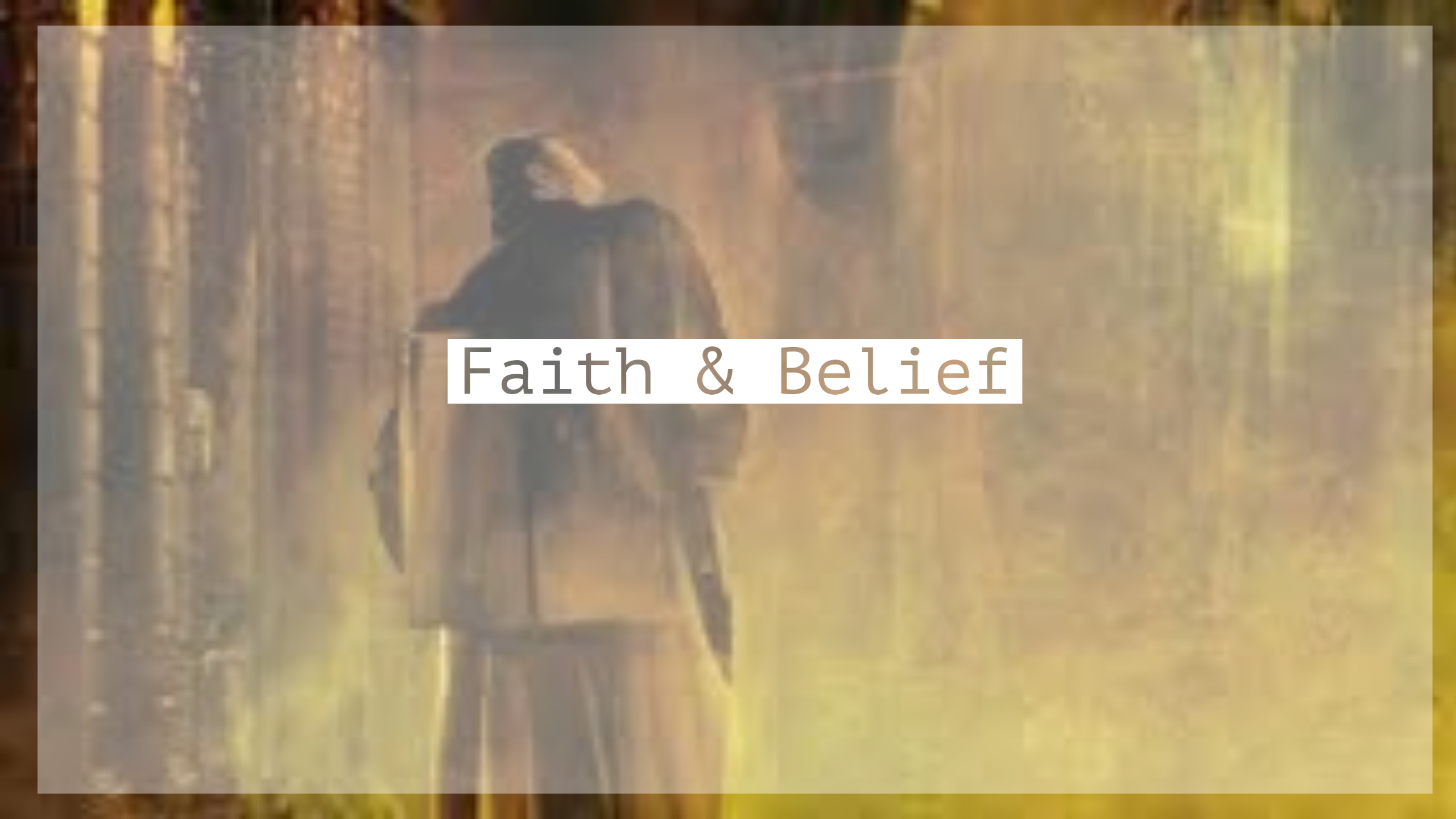-
play_arrow
New 365
-
play_arrow
KTLK-dB RADIO ONLINE 24/7
What follows is a final excerpt from my book that I will share, so if you like what you read, get a copy of Dive Manual: Empirical Investigations of Mysticism here: https://www.amazon.com/Dive-Manual-Empirical-Investigations-Mysticism-ebook/dp/B084R8PTYW
Here I will be providing a transcribed piece of one of 33rd degree Freemason, Manly P. Hall’s lectures. Recorded on December 11, 1983, the recording would not be released until after his death. Hall was 82 years old at the time this lecture was given. Truly, no one could put it much better than this here… [This entire lecture is one of my favorites, and one I enjoy going back to from time to time. Listen to it here: https://youtu.be/svB4fqNuMxM ]
“To study our heritage from the past is not simply a waste of time because most of that heritage is still with us. If not in the political and social circles of life, at least in the internal subjective moods of our own existence. At a very early date it became evident that the human being was in serious difficulty trying to understand where he was, what he was, and why he was. He looked around him and he saw a nature unfolding, but behind this nature as he saw it he thought there must be something else—but he had no way of really trying to discover what it really was. He was bound within the small area of his own life existence…
“It was a strange world with everything happening and no explanation for why it happened. Gradually it became obvious that the human being had to have some type of internal existence which would carry with it faith and hope in his material life. Gradually we find the rise of various beliefs. Probably some of the earliest are the shamanistic—the belief in spirits and ghosts—all this type of thing. All these believings came not from a carefully studied or planned exploration of nature—they came from a desperation of an individual or a group of individuals struggling desperately for hope, to escape from loneliness, to no longer be an isolated creature in an unknown world. The human being was very much like a castaway on a desert island. He had no resources available to him except what he could contrive with his own ingenuity. As time went on there was inevitably a demand for some type of organized faith—faith in realities that are not visible—but how was the primitive man going to analyze invisible realities? How is modern man going to analyze them?
“Actually, it all seems to have arisen within the person himself. This desperate need resulted in a type of solution, a solution that was sufficient for the moment and which it was always hoped would be improved and perfected in the course of time. This temporary solution is still the answer that we have to use, but with all our progress, with all our skills, our intellectualism, the individual is still lonely. He is still comparatively helpless in a world infinitely too great for him. Now he not only has to combat nature, or adjust to its circumstances, but he must try and survive the complex situations set up by human nature in this little thing we call the ‘earth’.
“So, all together, our beginnings of faith, hope, and love lie in the desperate need for something that was superior to self, something that was stronger than we are—some ever-present help in time of trouble. Trouble was common, help was scarce; the individual went through countless miseries and misfortunes, but there had to be some hope, something to sustain the struggling creature on its long, evolutionary path.
“Then came, of course, shamanism, which we find among the American Indians. The medicine priest with the rattle and the spells and the incantations and the ‘second sight’ and mysteries, who worked with the sick and gave hope of recovery. Then in other parts of the world other types of help gradually evolved, but these different forms had their foundation in the human demand for hope. And the only way he could find hope, apparently, was through a strange contrivance with familiar and apparently hopeless elements. The American Indian in the southwest, for instance, was very much concerned with creating charms—various good-luck symbols, protective symbols, and yet he had no way of knowing really what would protect him or where he would find anything that was sufficient. So, he made a move that has become universal…
“Magick was bestowed upon a combination of factors where it was not regarded as existing in the separate elements themselves. As a result of this, it gradually dawned on the human being that almost any combination of circumstances which he could contrive, if brought together, had a new meaning—a meaning that might contribute to his own survival…
“Faith is a tremendously healing power, the only answer we have to the destructive force of fear. So, from faith came a great development of beliefs and ideals. These were not always provable or demonstrable but that was not important. It wasn’t whether or not you could scientifically sustain them; the real answer was that people accepted them, believed in them, deposited in them hope for the future…
“As time went on and religion and philosophies became more complicated, it was inevitable that efforts should be made to rationalize faith, to bring it under the control of reason. It was apparent that if the mind supported the faith, it was stronger. And so, we have all kinds of philosophies, mysticisms, esotericism, and every type of intellectual interpretation of natural phenomena.
“We have it today, but today we have a little difficulty. Knowing that faith is basically the cornerstone of survival, we find that many forms of knowledge, particularly scientific knowledge, exist largely to destroy faith. They want to take away from us the belief in those very invisible principles upon which we have learned to depend on for peace-of-soul, peace-of-mind, peace-of-heart. So, in this confusion, a great many persons have lost their spiritual orientation. They have lost their ability to accept the fact that there is a universal good, a universal reality, that life is purposed, that there are reasons for things. And as, gradually, the sciences limit perspective and force the individual into a constant acceptance of material things as the only realities, faith dims, hope fades away, and the individual is reduced to a state which he escaped from ages ago by rising above the material level of primitive existence.

“Now in the course of all these problems, certain facts of human life became increasingly obvious and these facts of life are perhaps somewhat summarized with our relationship with the mystery of death. It is a problem that the primitive man never could understand. He tried to dramatize this mystery, he tried to glorify it, he placed a treasury of art and beauty and wealth in the tombs of his kings. He did everything to imagine that man after death lived in a beautiful land, but he had no way of proving it. He had no way of justifying it other than by faith. But this faith was so important, so desperately needed, that gradually a new type of interpretation of life was built upon faith. Faith justified, not rationalized. It became obvious that there had to be some reason for existence… This pessimism [of materialism] was something that sickened. Pessimism is always a disease. It never amounts to anything constructive, but pessimism is the inevitable result of a hard, sharp look at circumstances without inner enlightenment to sustain us…
“In the course of time, the ancients developed a way of tying divinity closer to humanity. It was rather obvious to most people even when they were comparatively savage that no deity could listen to all the prayers of mankind… to the two or three billion prayers that go up now every day to some gracious providence for help—for something to build hope upon—something by which the individual escapes the isolation of his own insufficiency. So gradually the invisible world was organized, not by proof, but by necessity. This organization did, however, result in visualization, for the dreams of the individual had about the invisible world, behind him and beyond him, gradually came through in sleep patterns, resulting in an elaborate symbolism of inner survival. This is found in practically all the esoteric arts and sciences of antiquity that have descended to us. They have developed symbolisms of hope, symbolisms of survival, symbolisms of transformation, by which the suffering and ills of society can be transcended…
“…So, we gradually developed in ancient times a belief in tutelary deities, godlings of various kinds, deities of agriculture… Everywhere there were godlings and spirits that came to help or to be present. Folklore is loaded with these concepts. Where did they come from? They were not really simply projects of an imagination. They were the visualizations of hope, of faith, of the realization of a need and an inner conviction that there must be something, somewhere to meet that need.
“Now, we’re talking about ‘long ago’ but we are not talking about things that no longer exist. The needs of our ancestors are still exactly the same as our own. We have made practically no progress in the area of the fulfillment of internal needs. We have gradually tried to assume that they did not exist… We have tried to assume that everything is accident and that all traits are hereditary. We do not have any solution to the great hunger of the human being for inner strength, for the power to meet the pressures of the world around him—a world that is constantly betraying the world within him. In this emergency we find, therefore, in every major religion of the world, a development of intervening deities—beings of various qualities that existed between the final ultimate theology and the common mortal life of man. In Christian philosophy and religion, these have generally been called angels or archangels. They were messengers of the divine. These messengers became very important, they brought the legends and mysteries of faith necessary to the fulfillment of spiritual realities…
“Now as time went on, these speculations became more and more firmly established in the human mind until, in many instances, these are no longer speculations, they are now traditional facts that have come to us through the wisdom of our ancestors. Now, maybe these facts are more factual than we’d like to realize, because actually our best instrument for discovering the facts of things must lie within ourselves. It is our own insight that is the nearest to truth that we can ever have… unless something comes from within ourselves, the larger work cannot be perfected…”
What Manly Hall states here overall denotes memetic theory, but it is starkly more optimistic and philosophical than anything Richard Dawkins would dare to dream. As humanity sought to adapt to the world around them and advance its quality of existence, they began developing imaginative, analogical systems of observing the world around them. And they did this so that they could learn to use the world to their advantage. Through superstition, folklore, and spirituality overall, humans began cultivating an order out of chaos. With this cultivation of order began the dawn of communication, stimulating culture and society as we know it, producing through its own mode of memetic chaos theory the advents of modern day culture and society.
— This marks the end of the excerpt, so if you liked what you read, I invite you to purchase Dive Manual and read further: https://www.amazon.com/Dive-Manual-Empirical-Investigations-Mysticism-ebook/dp/B084R8PTYW
Written by: Anthony Tyler
Belief Esoteric Faith Magick metaphysics psychology Religion Spirituality
Similar posts
Become an Outsider and stay up-to-date with all things fringe
Contact Us
- +1 501 777 5631
- [email protected]
- DMCA Notification
COPYRIGHT FRINGE MEDIA GROUP LLC





